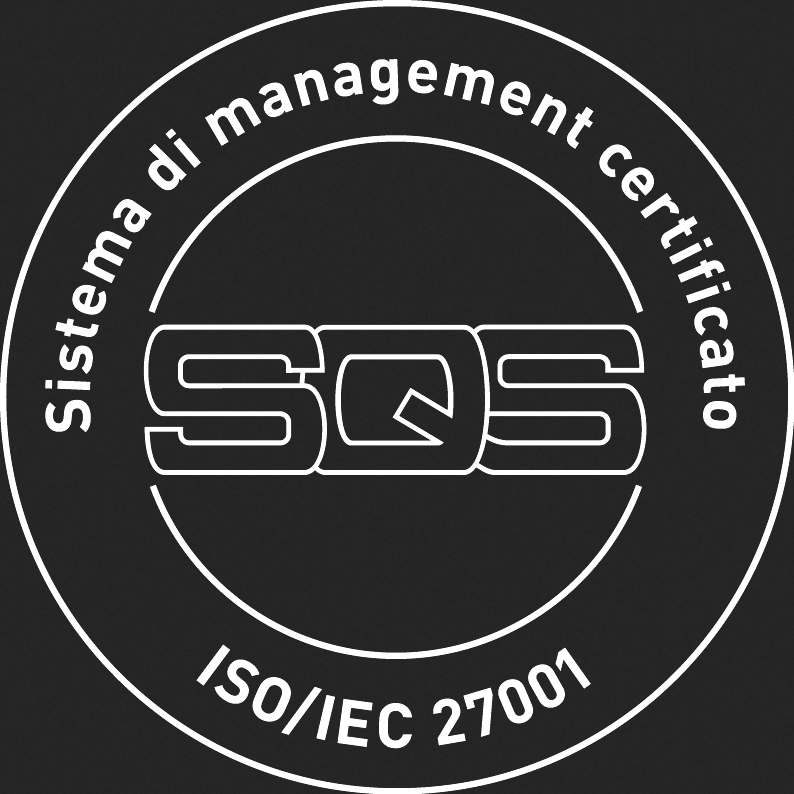False alarms
The management of a security system for the protection of the external perimeter of buildings, universities, industrial plants, logistics centers, warehouses, photovoltaic systems and corporate offices represents a challenge for Security Managers who must choose a solution that can promptly detect an attempt intrusion in an effective way, but at the same time simple to use and immune to false alarms.
The main causes of the failure of a perimeter security system are in fact the poor usability for security operators who have to untangle different interfaces often not integrated with each other and the high number of false alarms that are generated by the perimeter sensors.
Very often the alarm signals are due to environmental causes such as wind, rain, light reflections or animal movements. When the number of false reports becomes high, it becomes difficult if not impossible for the Supervisory to distinguish a real threat among the numerous alarm reports.
Artificial Intelligence applied to image analysis represents a very valid tool for reducing false alarms thanks to the ability to classify targets very precisely after appropriate training.
AI vs. traditional video analysis
Traditional video analysis systems try to classify targets based on their size (number of pixels) and their shape, modeled with a rectangle that contains the target itself: simplifying large rectangles represent vehicles, smaller, narrower and taller rectangles are similar to people.
This classification method based on a geometric approximation method is not very precise; the image analysis systems based on artificial intelligence, on the other hand, are able to identify the target based on its peculiar characteristics ensuring a much higher precision (e.g. a person is classified as such if the face, arms, legs etc.).
AI validator
It is easy to understand that classification systems based on Artificial Intelligence are much more precise and therefore much more immune to false alarms and can filter about 90% of false alarms compared to a traditional system.
By exploiting this peculiarity it is possible to increase the effectiveness and immunity to false alarms of a perimeter protection system through the introduction of an Artificial Intelligence Validator (AIV), able to filter unwanted alarms through one or more PTZ cameras that frame automatically the alarm zone, to check in real time the presence of a hostile target (person and / or vehicle).
The AIV system must be compatible and integrable with all existing perimeter protection systems (e.g. microwave barriers, PIR, inertial or microphone sensors, fixed visible and thermal cameras, PTZ cameras, Radar etc.) from which it acquires alarm events to be validated before forwarding them to the supervisory operator.
At the service of the operator
Upon the occurrence of an alarm event, the AIV system checks the location of the alarm and automatically points the closest PTZ camera to the area; through the artificial intelligence system it verifies the presence or absence of a target in the scene by analyzing the video stream: if the presence of the target is confirmed the alarm is forwarded to the security operators, if there are no relevant targets the alarm is discarded.
The AIV system must guarantee interoperability with the main Video Management platforms in order to provide a single and integrated view of the entire perimeter protection system regardless of the type of sensors used and to make the system simple and usable for security operators. .
An advanced AIV system must also be equipped with other useful functions to facilitate the work of control room operators such as the possibility of extrapolating the GPS coordinates of the detected targets from the video stream. Through this ability to georeference the target, security operators can follow the movements of intruders in real time on a map such as Google Maps. Knowing the exact position of the patrons is very useful to promptly understand the exact position of the intrusion and the path followed by the intruders.
From an architectural point of view, the AIV system must have a minimal impact on the existing infrastructure and must be simple to introduce both on new and existing systems, perhaps through the insertion of an AIV appliance already configured.
In conclusion
An Artificial Intelligence Validator (AIV) system is able to transform a new or existing security system based on traditional low-performing technologies into a latest generation security system, immune to false alarms, easy to use for security operators and with a low cost.

















